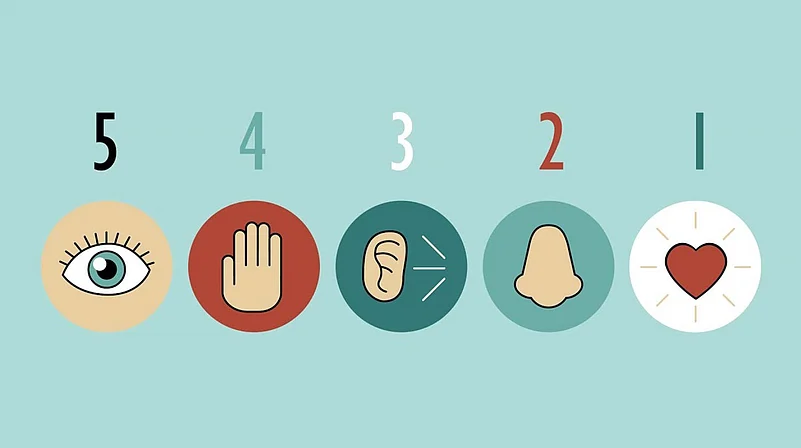If you often get tense, feel restless and remain excessively perturbed to an extent that your fears have started interfering with your daily routine, then then there is a fair probability that you could be dealing with anxiety.
Anxiety is considered seriously by medical practitioners as intense feelings of anxiety can affect one’s daily life. One of the most dependable ways to evade intense feelings of anxiety is ‘Grounding’. Grounding is a set of techniques that is usually in the form of some exercises which may help you evade your anxious feelings and help you to refocus on the present moment. It can help a person to manage their traumatic memories or string emotions.
Grounding techniques aimed at distracting an anxious person by engaging the five senses. People with anxiety related issues experience tremendous amount of stress and depression and may get panic attacks. They also experience feelings of shame and dissociation. These are some moments of distress in which grounding can be helpful. Here are some of the grounding techniques that one can try while experiencing anxiety attacks.
Mindful walk: If you think you are experiencing an anxiety attack, taking a mindful walk could help you calm down. While walking, the rhythm of your own steps as well as the smell, sound, taste and textures around you need to be noticed. One should also pay attention to the movement of the feet, the surroundings and the way the body shifts. If the mind starts to wander, you have to make an effort to guide it back to the present moment.
Body scan: One of the ways to ground yourself is by doing a body scan yourself. Start doing this by putting all your attention at the top of your head and gradually shifting your attention to your toes. You can tune the speed and the direction suiting you. This grounding technique will turn your attention to your body and help you relieve the tension and relax your mind.
5-4-3-2-1 technique: This technique aims at engaging all your senses to soothe your mind and drift you from your anxious state of mind. The 5-4-3-2-1 technique entails identifying five things you see, four things that you can touch, three things that can be heard, two things that you can smell and one thing you can taste. You have to give individual attention to each item. You can make a toolkit of these items and keep it ready for use to deal with instances of anxiety attack.
Breath observation: This technique can be practised when you want to soothe yourself immediately. Start by gently wrapping your arms around your sides and chest and breathe into these areas that you are touching. While doing so, you can experience the expansion and contraction of your body. You can inhale for five seconds and then exhale for six to eight seconds. This technique could be repeated up to 5 minutes or more until you feel grounded.
Rainbow Game: As the name suggests, you have to look around your immediate surroundings and find an item of each colour of the rainbow starting with red. Call out the item loudly and describe it for its usability.
Listen to Music: Listening to music and focussing your attention on the lyrics can help you to get grounded. Listening to music is the most commonly practised technique to ensure overall mental wellness.
Touch hot or cold substances: While experiencing increased anxiety levels, you could hold some hot or cold substance like ice cubes or a warm water bag and feel what your body does in reaction to the sensation.
These grounding techniques could be practised according to the time, space and resources available with you during instances of anxiety attack. In case you are not able to relieve yourself of the stressful situation, do not hesitate to seek help from a registered medical practitioner.


























